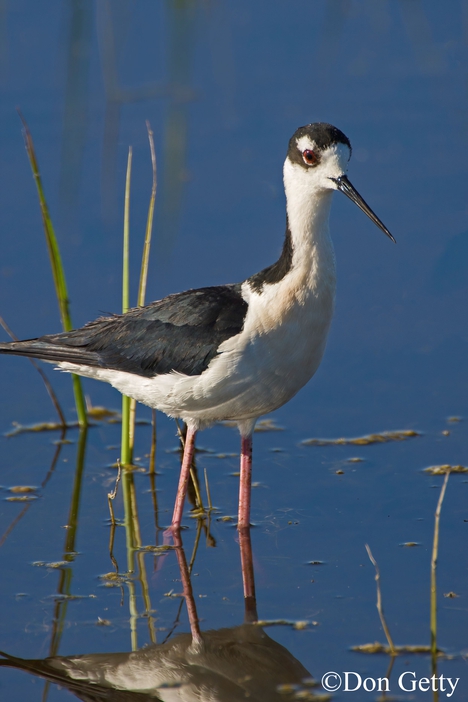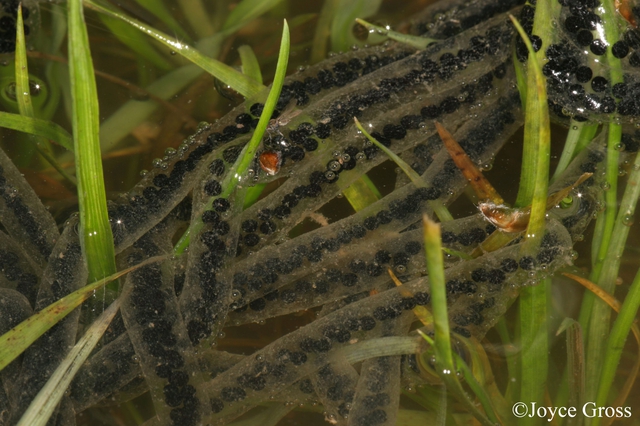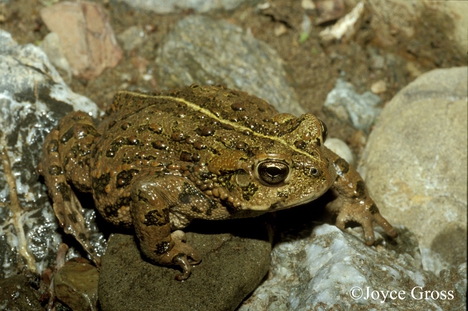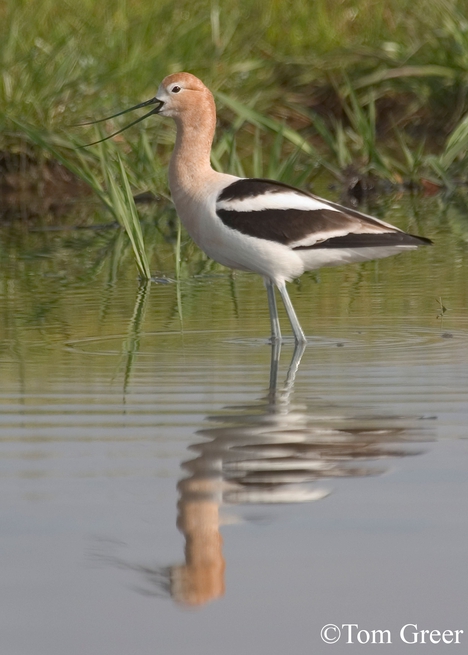Although Pond C is a man-made basin, it still offers valuable wildlife habitat. During our long hot summers, Pond C is dry and millions of small invertebrates (insects and crustaceans) lie dormant in the soil. Once the wetland fills with the first winter rains, these invertebrates come to life and their numbers increase rapidly. That’s when waterfowl move in!
Pond C is part of the Pacific Flyway – a series of shallow wetlands running the length of the Central Valley. These wetlands are visited by ducks, geese and other wading birds. You can see Canadian geese, mallard ducks, American avocets, black-necked stilts, egrets and herons feeding here on invertebrates and other small creatures. Some birds have even nested on the island.
Pond C also provides habitat for amphibians, including the Pacific tree frog and the western toad. Unlike reptiles, amphibians depend on water for their reproductive cycle; they lay eggs in water which then hatch into pollywogs and finally develop into adult frogs and toads.
 |  |  |  |
| Black-necked stilt | Strings of toad eggs in water | Western toad | American avocet |

